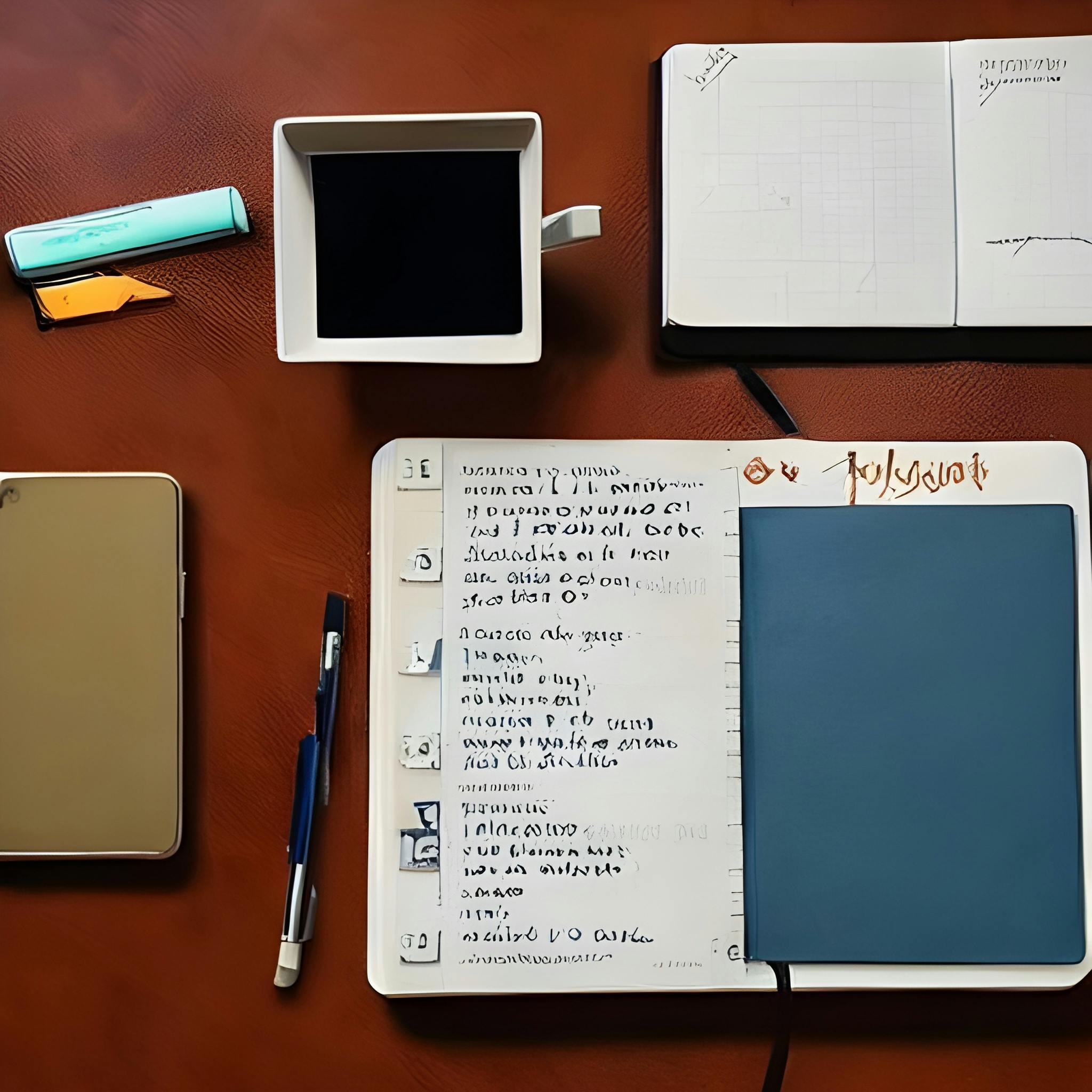Embrace the Bullet Journal Method: Organize Your Thoughts, Organize Your Life

In a world of digital alerts and constant connectivity, bullet journaling stands out as a bastion of mindful productivity and personal organization. The Bullet Journal, or BuJo for short, is more than just a trend—it's a methodology that marries intentionality with practicality, offering a customizable approach to managing your life. Let's delve into the philosophy behind this system and how it can lead to a more organized, focused you.
The Philosophy Behind Bullet Journaling
At its core, bullet journaling is about living more purposefully. Created by Ryder Carroll, a designer focused on mindful productivity, the Bullet Journal is designed to track the past, organize the present, and plan for the future. It is a fluid system adaptable to your needs, whether you're a student, professional, artist, or anyone looking to bring more order to your daily life.
Mindfulness and Intentionality
Bullet journaling encourages you to slow down and focus on each pen stroke, and each word is written, creating a deliberate practice that makes you mindful of your tasks, goals, and aspirations.
Clarity and Focus
The bullet journal cuts through the noise. It filters out unimportant tasks and helps highlight what truly matters to you, directing your attention and energy more efficiently.
Customization and Flexibility
Unlike pre-structured planners, a bullet journal is a blank slate. You design the layout according to your priorities, which means your journal evolves with you over time.
How to Start Bullet Journaling
-
1. The Index: Your roadmap to the rest of the journal. The Index is where you list the pages of your collections and their corresponding page numbers.
-
2. The Future Log: This section lets you glance at the coming months, giving you a place to jot down events, goals, and long-term tasks.
-
3. The Monthly Log: Here, you'll set up calendar pages and task lists for the current month, giving you an overview of immediate tasks and events.
-
4. The Daily Log: Your day-to-day entries live here. This is where the traditional 'bullet points' come into play, with symbols to differentiate tasks, events, and notes.
-
5. Collections: These are thematic lists or trackers, like books to read, habit trackers, or project plans. Collections help you organize related information in a dedicated space.
The Power of Analog in a Digital World
In our tech-driven lives, why choose a paper-based system? The act of writing by hand engages the brain differently than typing. It can improve memory and help to filter priorities. The tactile nature of journaling can make the process more personal and meditative.
Integrating Bullet Journaling with TaskSpot
While the Bullet Journal is an analog system, it doesn't mean digital tools can't complement it. TaskSpot can be a digital extension of your BuJo, where tasks and appointments can be synced for reminders and scheduling. Use TaskSpot to back up your entries, share tasks with collaborators, or manage projects that need digital tracking while keeping your bullet journal for personal reflection and day-to-day organization.
In Conclusion
The Bullet Journal method is more than a productivity tool—it's a philosophy of self-awareness and intentional living. It empowers you to declutter your mind and life, focusing on what's in your control. Whether you're an avid journaler or new to the concept, consider the Bullet Journal as a means not just to organize your tasks but to curate your life.
Remember, your Bullet Journal is uniquely yours. It can be as straightforward or as elaborate as you need it to be. Embrace the Bullet Journal method and witness the transformative power of organized thoughts and life.